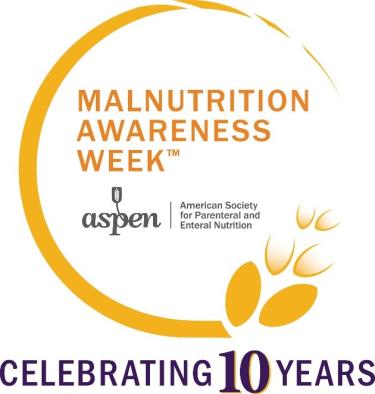




Malnutrition Awareness Week Is Sept. 19-23. Know the Signs and Impacts of This Serious Condition
Published: Sept. 8, 2022
Did you know? Malnourished patients have:
- Hospital stays that are 1.9 times as long as those for patients without malnutrition
- Hospital costs that are more than two times higher than average
- An inpatient death rate that is over three times higher than average
Malnourished patients have higher readmission rates – no matter their age, insurance coverage, income or location.
Malnutrition in Older Adults
The rate of malnutrition increases exponentially with age. Aging coincides with various physical, mental and lifestyle changes that affect food intake and increase the prevalence of malnutrition in older adults. Chronic diseases are more common in older adults, and treatments may interfere with nutrient absorption, leading to malnutrition. Dementia is one disorder that can affect nutritional status. Financial insecurity can also contribute to a higher prevalence of malnutrition.
Identifying and Treating Malnutrition
Nurses help identify malnourished patients who are admitted to the hospital by asking the patient how they have been eating and if they have experienced any unplanned weight loss. A registered dietitian nutritionist will perform a nutrition assessment and nutrition-focused physical exam to determine if the patient has or is at risk for malnutrition. In conjunction with a physician, a plan can be put in place to address malnutrition.
What You Can Do
Talk to your health care provider if you or a loved one has:
- Unplanned weight loss
- Loss of appetite
- Been unable to eat, or is able to eat only small amounts
- Been feeling weak or tired
- Noticed swelling or fluid accumulation
More Information
For more helpful resources, visit the American Society for Parenteral and Enteral Nutrition (ASPEN).
